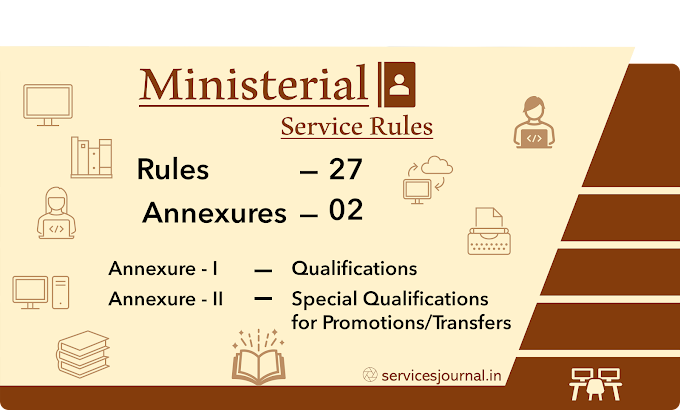Decoding Training Value
A Visual Guide to the Models of Evaluation
Why Do We Need Models?
The Evaluation of Training (EoT) is a complex field. Models provide structured frameworks to guide our efforts, helping us move beyond subjective opinions to create systematic, evidence-based processes for assessing the true value of training.
The Easterby-Smith Model: Defining Your Purpose
This model clarifies *why* we are conducting an evaluation. It outlines four distinct, overlapping purposes that guide our strategy.
Learning
Focus on the quality of the learning experience itself to create the best conditions for acquiring skills.
Proving
Demonstrate that a valuable change occurred because of the training and that it was worth the cost.
Improving
Use evaluation data to enhance current or future training programs, making them more effective and efficient.
Monitoring
Ensure accountability and efficiency by tracking targets, costs, and resource usage across the board.
The Hamblin-Kirkpatrick Model: The Four Levels of Impact
This model provides a sequential framework for assessing impact. It works like a chain of evidence, where each level builds upon the last.
Level 1: Reactions
Key Question: Did they like the training?
Measures how participants felt about the course, content, and instructor. Positive reactions are good, but don't prove learning occurred.
Level 2: Learning
Key Question: Did they learn the material?
Assesses the increase in knowledge and skills. This level proves that the training successfully imparted its content.
Level 3: Job Behaviour
Key Question: Are they using it on the job?
Measures the "transfer of learning" back to the workplace. This is often the most challenging level to measure accurately.
Level 4: Organisational Effects
Key Question: Did it impact the business?
Assesses the final impact on business results like productivity, quality, and cost, demonstrating the ultimate return on investment (ROI).
Evaluation Levels: A Deeper Look
While moving up the levels provides stronger proof of value, it also becomes more difficult and resource-intensive to measure.
Using the Models Together: A Strategic Approach
These models are complementary. Use them together to build a robust evaluation strategy that moves your training from an act of faith to a proven, strategic asset.
1. Start with PURPOSE
Use the Easterby-Smith model to clarify if you are trying to learn, prove, improve, or monitor.
2. Plan the LEVELS
Use the Hamblin-Kirkpatrick model as a roadmap to structure data collection and build your chain of evidence.










